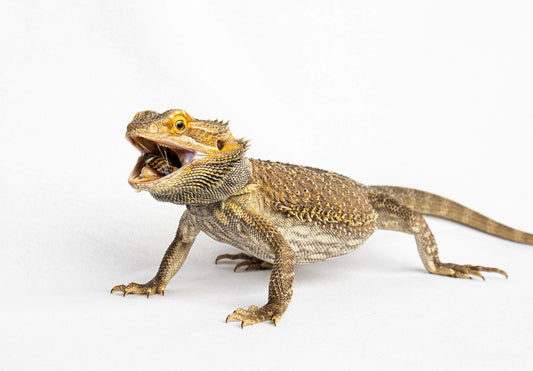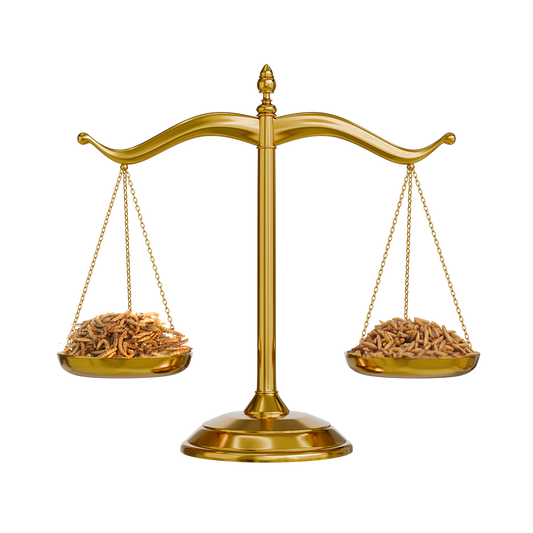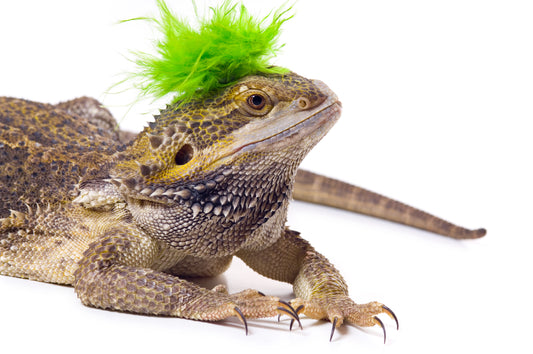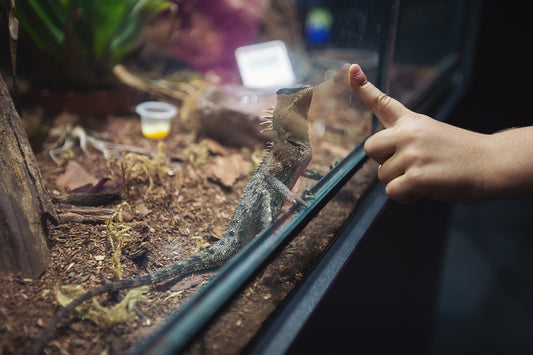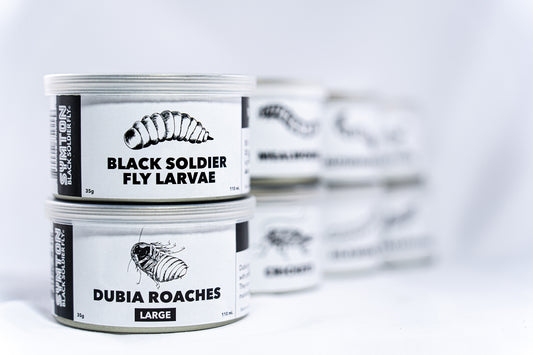It may have been because I ordered it during the holiday times, but I still have not received them
My bearded dragon loves this thank God ive tried what so many dragons I had over the last years with bsfl no luck . But what my selene she loves them .Only thing is the started to go black second day i had them
My grand beardy baby Bleu absolutely loves her "CHIPS" as we call them. SYMTOM dried black soldier fly are by far one of her favorite treats. We highly recommend them! Great product, price & sevice!
Our BSFL arrived quickly and alive. I’ve ordered from multiple sources and these definitely live the longest!!!

